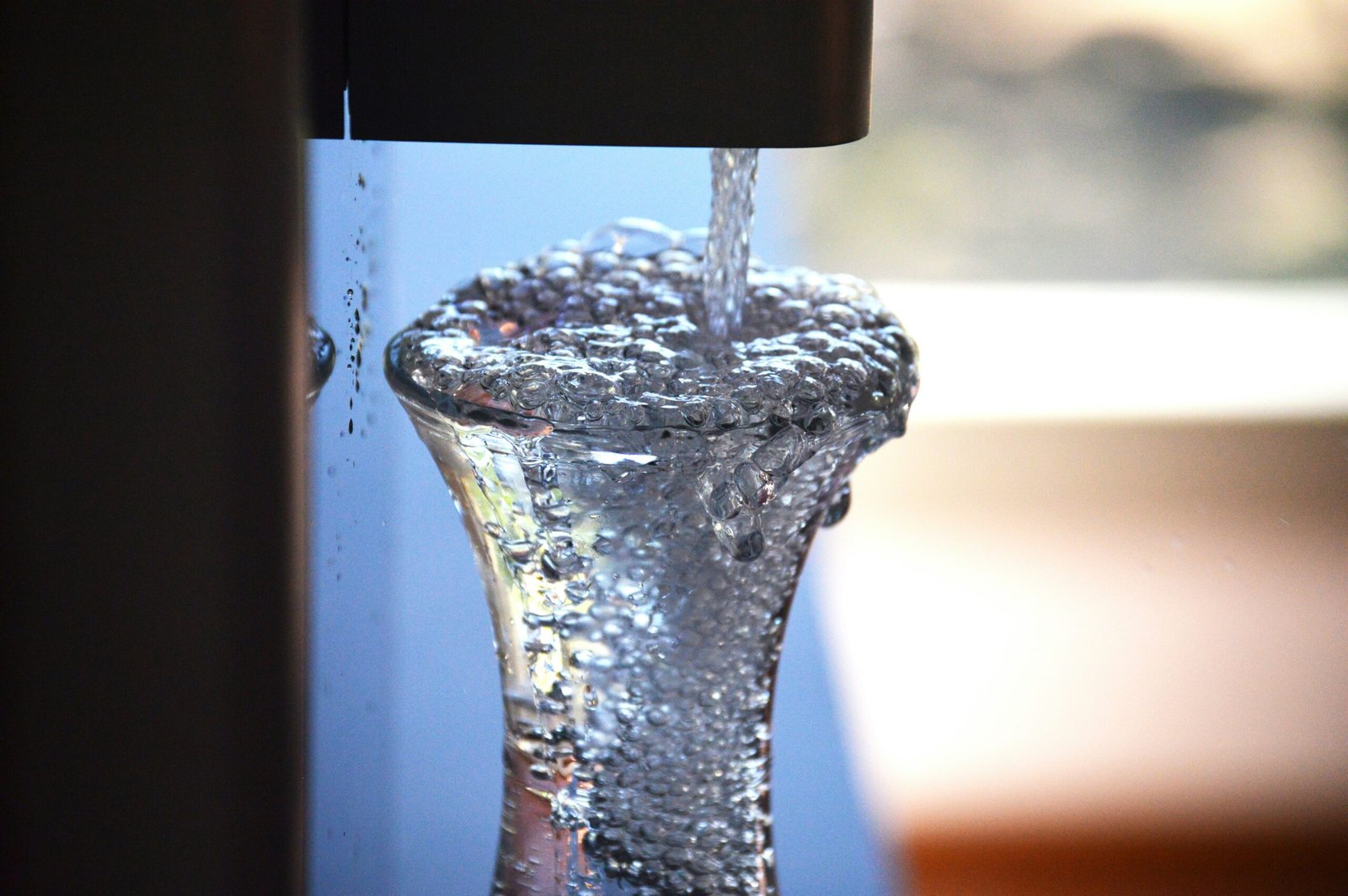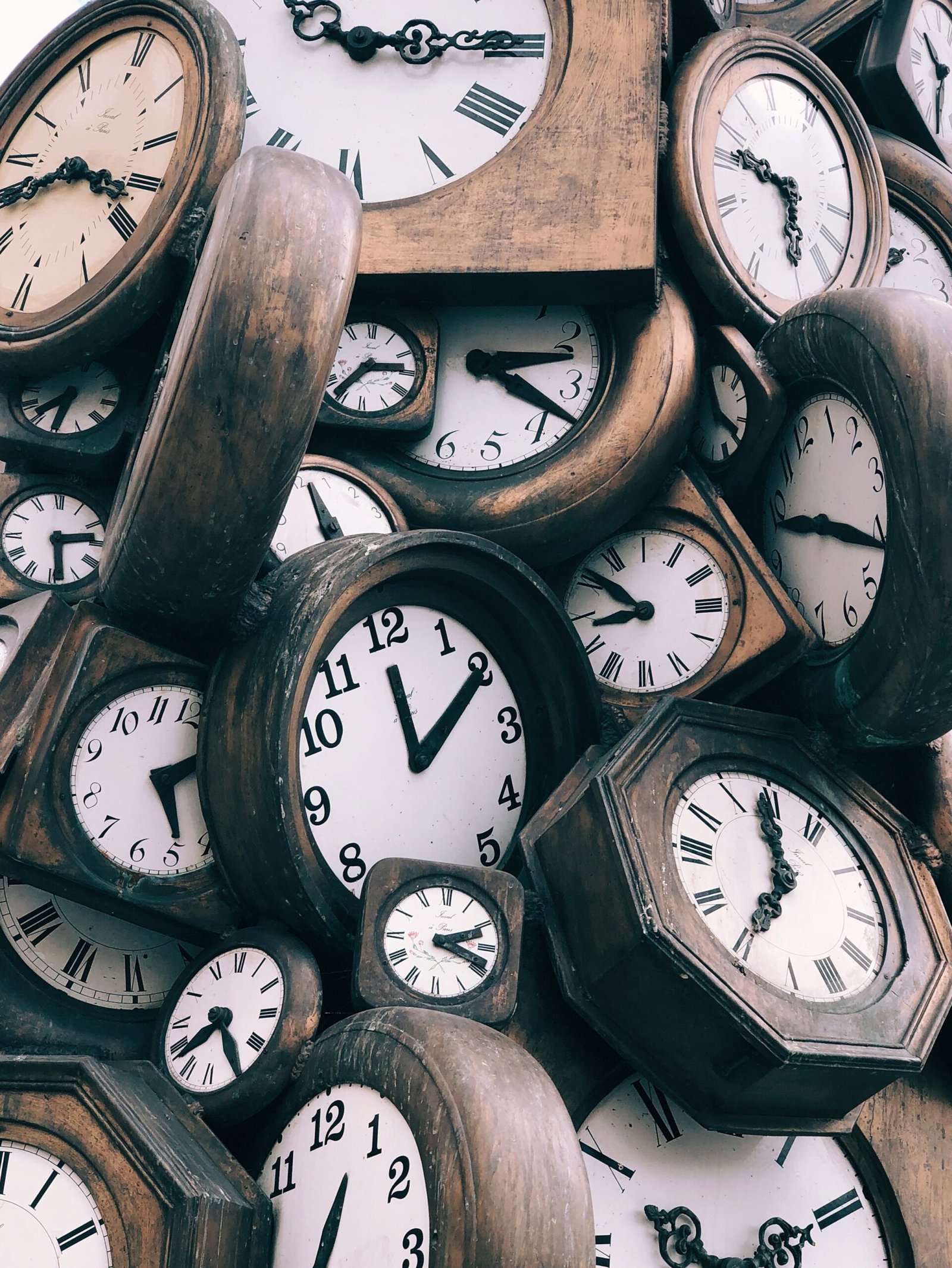A gallon is a unit of measurement primarily used in the United States for liquid capacity. The U.S. liquid gallon is defined as 128 fluid ounces, which is equivalent to approximately 3.785 liters. This measurement is significant in various contexts, especially when dealing with large volumes of liquid such as water, beverages, and fuel. Understanding how a gallon relates to smaller quantities, such as bottled water, can help consumers make informed decisions about hydration and consumption.
In retail settings, the most common sizes of water bottles include 16.9 ounces, 24 ounces, and 1 liter. The 16.9-ounce bottle, often seen as the standard size for individual servings, contains about 0.13 gallons. A 24-ounce bottle provides approximately 0.18 gallons, while a 1-liter bottle, which is widely used globally, equates to about 0.26 gallons. These conversions highlight how different bottle sizes can contribute to the total volume of water consumed from a gallon.
To illustrate the relationships more clearly, it would take approximately 7.57 bottles of 16.9 ounces to equal one gallon, while 5.33 bottles of 24 ounces would achieve the same. Regarding the 1-liter bottles, about 3.79 of these bottles are needed to reach a gallon. Understanding these conversions is crucial for individuals looking to manage their hydration effectively and ensure they are drinking sufficient amounts of water throughout the day. The ability to visualize how many bottles fit into a gallon not only aids in daily consumption tracking but also helps in various scenarios such as meal preparation and hydration planning.
Calculating the Conversion
To accurately determine how many bottles of water are contained in a gallon, one must first understand the essential conversions between gallons, ounces, and bottle sizes. A gallon is equivalent to 128 fluid ounces. Therefore, the first step in the conversion process is to convert gallons into ounces. For example, if you have one gallon of water, it converts to 128 ounces (1 gallon × 128 ounces/gallon = 128 ounces).
The next step involves determining the size of the water bottle you are working with, as this will significantly affect the total number of bottles per gallon. Common bottle sizes include 8 ounces, 16 ounces, and 20 ounces. By performing a simple calculation, we can derive how many bottles fit within the 128 ounces of one gallon. For instance, if you are using an 8-ounce bottle, you would divide the total ounces in a gallon (128) by the size of the water bottle (8 ounces): 128 ounces ÷ 8 ounces/bottle = 16 bottles. This means that one gallon equals 16 of the 8-ounce bottles.
Alternatively, if you utilize a 16-ounce bottle, the math changes slightly. In this case, you would divide 128 ounces by 16 ounces, resulting in 128 ounces ÷ 16 ounces/bottle = 8 bottles. Thus, one gallon can fill eight 16-ounce bottles. Similarly, for a 20-ounce bottle, the calculation would be 128 ounces ÷ 20 ounces/bottle, which equals approximately 6.4 bottles. Thus, you can fill about six and a half 20-ounce bottles with one gallon of water.
This straightforward calculation method allows individuals to easily convert gallons to the quantity of bottles used, ensuring proper measurements for hydration or cooking needs. Understanding these conversions can be particularly helpful for meal preparation, event planning, or daily water intake goals.
Practical Uses and Recommendations
Understanding how many bottles of water are in a gallon has several practical applications, particularly for those aiming to maintain proper hydration levels. A standard bottle of water typically holds 16.9 ounces (500 milliliters). Given that there are 128 ounces in a gallon, this translates to approximately 7.6 bottles per gallon. This measurement can assist individuals in setting daily hydration goals, allowing them to track their water intake more effectively.
The general recommendation for water intake varies based on factors such as age, sex, and activity level, but a common guideline is to consume at least 64 ounces of water daily, equating to about four bottles. Athletes or individuals engaging in vigorous physical activity may require more fluids to compensate for water lost through perspiration. By knowing the bottle-to-gallon ratio, individuals can easily assess whether they are meeting their hydration needs throughout the day.
Efficiently measuring water is essential, especially when transitioning between bottled water and larger containers at home. For those who frequently purchase bottled water, calculating the total volume needed for specific activities or events becomes straightforward. For instance, if hosting a gathering, one can simply multiply the number of guests by the average bottles each might consume, ensuring an adequate supply of water is available.
At home, using gallon-sized pitchers can simplify water consumption. One can refill smaller containers from a gallon jug to maintain a steady supply of water throughout the day. This method not only helps in managing hydration goals but also contributes to sustainability by reducing reliance on single-use plastic bottles.
Environmental Considerations
The consumption of bottled water has become increasingly prevalent in recent years, raising significant environmental concerns. A major issue associated with bottled water is plastic waste. According to estimates, approximately 1 million plastic bottles are purchased every minute worldwide, leading to an alarming increase in plastic pollution. Many of these bottles are not recycled, contributing to overflowing landfills and polluted waterways, which can severely disrupt ecosystems and harm wildlife.
It is essential to understand the ramifications of relying on single-use plastic bottles. The production and disposal of these bottles not only consume valuable resources but also result in substantial carbon emissions. For instance, the energy required to manufacture and transport bottled water can be significantly higher compared to providing tap water. This highlights the urgent need for more environmentally responsible hydration practices.
One viable alternative to bottled water is the use of refillable water bottles. These durable containers can be used repeatedly, significantly reducing waste. By investing in a reusable bottle, individuals can minimize their contributions to the plastic crisis. Moreover, pairing refillable bottles with water filtration systems can provide a sustainable solution. Filtration units improve tap water quality, making it safe and palatable while eliminating the dependence on bottled water.
Transitioning from single-use bottles to refillable options is not only advantageous for personal hydration but also for the planet. Collective efforts to reduce plastic waste will foster a healthier environment for future generations. It is vital to promote awareness around these alternatives and encourage responsible consumption habits. By making informed choices, we can contribute to a reduction in plastic pollution and promote a more sustainable lifestyle.


